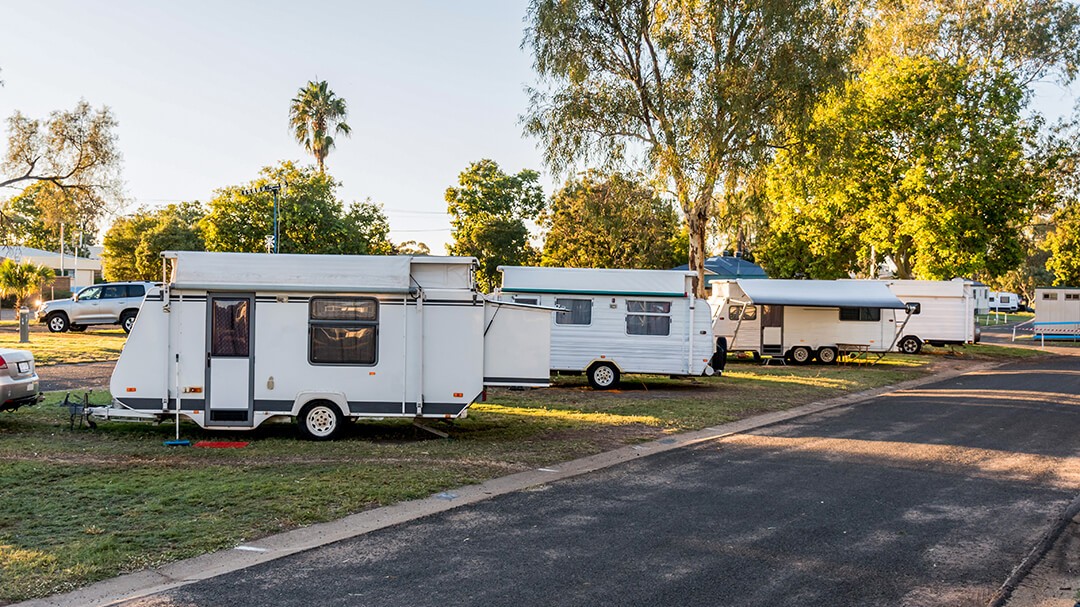FREE SHIPPING ON ALL ORDERS TO THE USA!
The RVing 3-3-3 Rule: A Guide to Safe and Enjoyable Adventures on the Road
Introduction: Recreational Vehicle (RV) travel has become increasingly popular in recent years, offering individuals and families the opportunity to explore the world while enjoying the comforts of home on wheels. However, before embarking on your RVing journey, it's crucial to familiarize yourself with essential guidelines to ensure a safe and enjoyable experience. One such guideline is the RVing 3-3-3 rule, a simple yet effective framework designed to help RVers make informed decisions regarding driving, rest, and campsite selection. In this article, we will delve into the details of the 3-3-3 rule and how it can enhance your RV adventures.

1. The Rule Explained: The RVing 3-3-3 rule is a set of guidelines that suggest no more than three hundred miles of driving per day, a three-hour maximum travel time, and arrival at the campsite no later than 3 p.m. By adhering to these recommendations, RVers can maintain a balanced and safe travel routine, mitigating the risks associated with driver fatigue, time management, and campground availability.

2. Driving Limitations: The first aspect of the 3-3-3 rule focuses on driving limitations. Restricting your daily mileage to a maximum of three hundred miles helps prevent exhaustion and allows for ample breaks during the journey. Prolonged driving can lead to fatigue, reduced concentration, and increased accident risks. By following this guideline, RVers can stay alert, maintain a comfortable pace, and enjoy scenic routes..

3. Time Management: The second component of the 3-3-3 rule emphasizes time management during travel. It suggests limiting continuous driving sessions to three hours. This recommendation encourages regular breaks, allowing drivers to stretch, rest, and recharge. Additionally, shorter driving intervals help prevent monotony, which can contribute to fatigue. By adhering to the three-hour rule, RVers can maintain focus and alertness behind the wheel.

4. Campsite Arrival: The third element of the 3-3-3 rule encourages RVers to reach their designated campsite no later than 3 p.m. Arriving early provides several advantages, such as securing a desirable spot, avoiding potential campsite closures or limited availability, and allowing ample time for setting up camp and exploring the surroundings. It also offers an opportunity to address any unexpected issues that may arise and provides a buffer for relaxation and leisure activities.
5. Benefits of the 3-3-3 Rule: Adhering to the RVing 3-3-3 rule offers numerous benefits to RV enthusiasts. Firstly, it promotes safety by mitigating driver fatigue, ensuring proper rest intervals, and reducing the risk of accidents. Secondly, it allows for a more relaxed and enjoyable travel experience, providing opportunities to appreciate the journey and explore attractions along the way. Lastly, following the 3-3-3 rule enhances campground experiences by increasing the chances of securing desirable sites and minimizing the stress associated with last-minute arrangements.

Conclusion:
As the popularity of RVing continues to soar, adopting guidelines like the 3-3-3 rule becomes crucial for a safe and memorable adventure on the road. By limiting driving distances, managing travel time, and arriving at campsites in a timely manner, RVers can strike a balance between exploration, rest, and relaxation. Ultimately, this rule promotes safety, enhances the overall travel experience, and ensures that every journey is filled with joy, discovery, and cherished memories. So, before you embark on your next RV adventure, remember to embrace the 3-3-3 rule and embark on an unforgettable journey!

